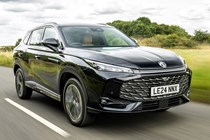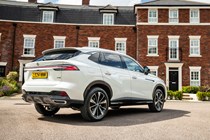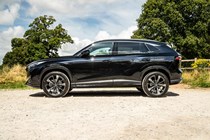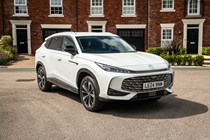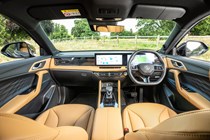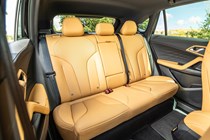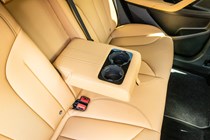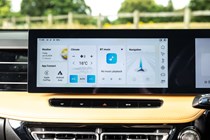
MG HS engines, drive and performance
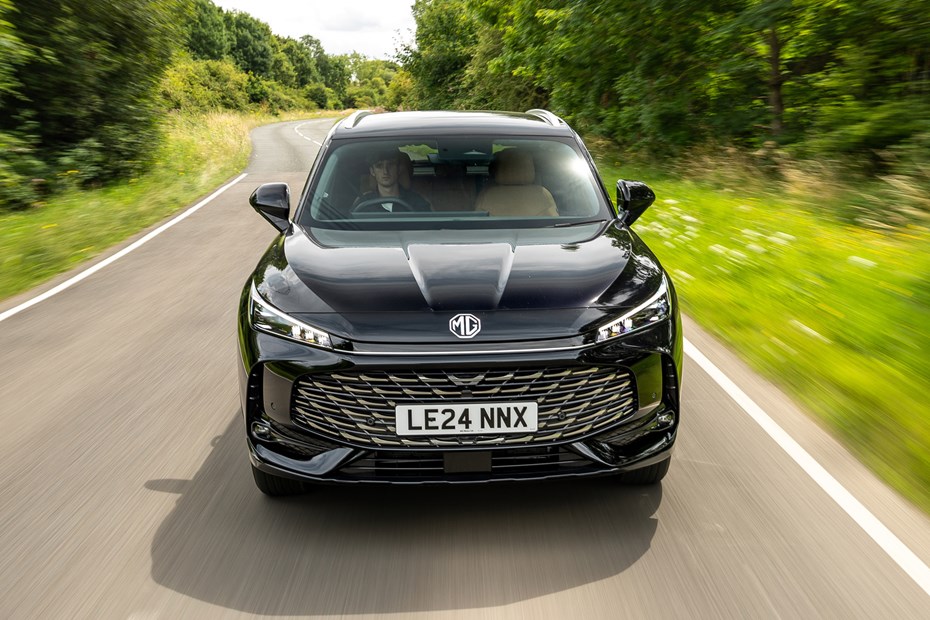
- Petrol and plug-in hybrid available in 2024
- A self-charging hybrid will follow in 2025
- Comfortable but other rivals are more engaging to drive
Petrol engines
MG has introduced a new 1.5-litre turbocharged petrol engine to the HS, which offers more power and marginal efficiency improvements compared to the previous car. The engine produces 169hp and 275Nm of torque. It comes paired with a six-speed manual gearbox as standard, or a seven-speed dual-clutch automatic for a bit more cash.
Our advice? Unless you can’t drive anything other than an automatic, stick with the manual. The automatic gearbox is slow and hesitant, compromising a car that is otherwise quite decent to drive.
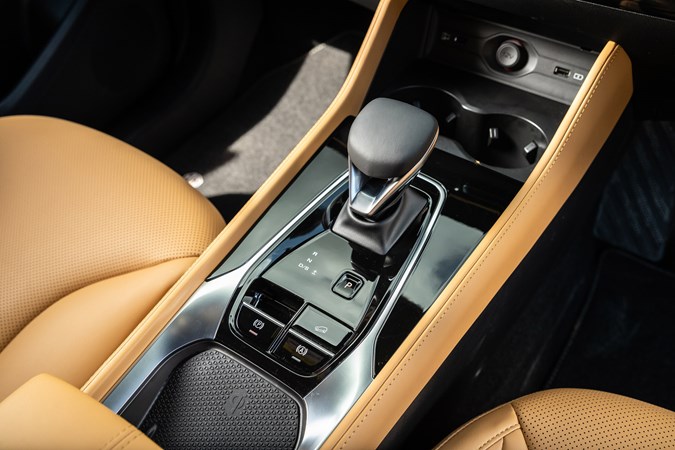
While more powerful than the Volkswagen Group’s 1.5-litre TSI petrol engine – used in cars such as the Skoda Karoq, Volkswagen Tiguan and Seat Ateca – the HS is actually slower than its rivals in terms of outright performance. Getting to 60mph in the HS will take around 9.6 seconds, whereas those aforementioned rivals can manage it a second quicker. This petrol engine, while a great improvement over the one in the previous HS, is still quite coarse and not as accomplished as those used in most European rivals.
Hybrid engines
MG is increasingly focusing on electrification, and that shows with its excellent EVs and hybrids. The HS is no different, and is already available as a plug-in hybrid, with a self-charging hybrid set to join the range in 2025, although we don’t yet know the full details of this.
But we do know about the plug-in hybrid, which pairs that 1.5-litre petrol engine with a powerful electric motor for a combined 307hp and and 432Nm of torque. That’s comfortably more than you get in many of its PHEV rivals, including the Ford Kuga and Hyundai Tucson. Only the 306hp Toyota RAV4 Plug-in runs it close.
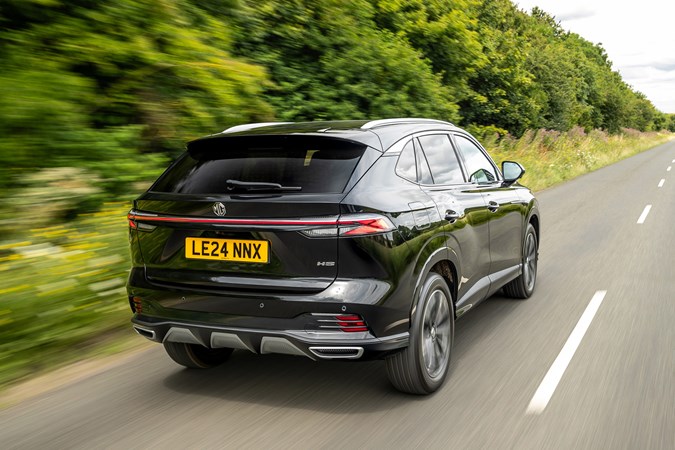
The HS PHEV an interesting proposition, offering plentiful performance – 0-62mph takes 6.8 seconds – and an exceptional 75-mile electric range, which we’ll explore more the next section. The price gap between a regular petrol and PHEV is also much smaller on the HS than its many rivals – around £5,000 compared to £8,000 – and at £31,495 for the plug-in, it undercuts even entry-level petrol versions of many rivals. The cheapest Hyundai Tucson PHEV, for example, costs £32,000.
The PHEV is our pick of the range to drive, too. Though we’ve only had a brief go in it so far, it’s a big improvement over the standard petrol. It’s much quicker, smoother and more refined. The large electric motor means it feels more like an EV to drive than it does a hybrid, and the engine makes almost no noise that you can hear from the interior. We need a longer go in the car, though, as we’re yet to drive it without any electric charge to see how that changes the driving experience and fuel economy.
What’s it like to drive?
- Good ride quality despite large wheels
- Settled at speed and decent refinement
- Uninspiring to drive, but still an improvement
The previous MG HS didn’t feel special to drive. While this new model still doesn’t lead the way, it’s a vast improvement over its predecessor.
Ride quality is one of the best improvements, as despite wearing much larger 19-inch alloy wheels as standard, it’s far more supple and controlled. This is especially true of the plug-in hybrid, which gets slightly different tuning to cope with the extra weight from the significant battery. Previously, it felt a bit uncontrollable and very under-damped, but the new car’s settled ride makes for a much more relaxing experience compared to before.
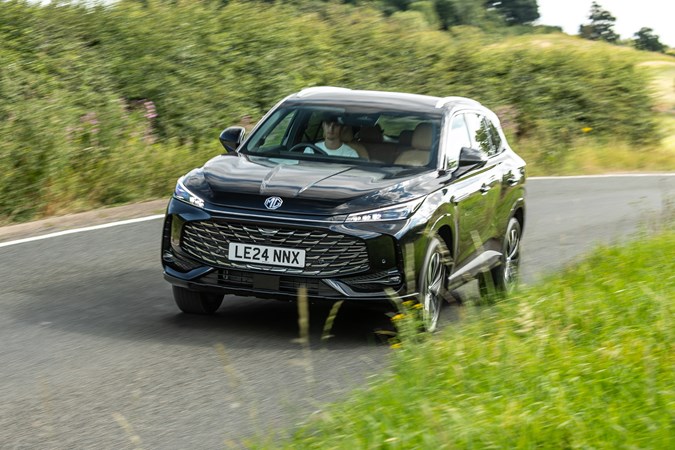
Refinement is good, with limited road noise making its way into the cabin. It’s only on rougher surfaces that tyre noise becomes more audible. The one thing we found is that the huge door mirrors can create a blindspot, which is particularly prevalent on roundabouts where they’re often at the height of other cars’ indicators.
While it’s better, the HS is never going to challenge the best cars in its class to drive – and yes, we’re talking about the Ford Kuga and aging Seat Ateca. If you push the HS, it feels out of its comfort zone with limited feedback through the steering wheel, although it is direct enough. You can feel the extra weight of the PHEV, because of its large battery, but it doesn’t feel considerably different to drive from a handling point of view.


